


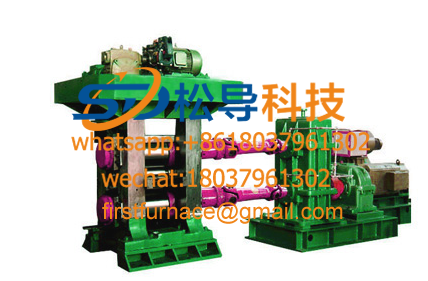 Rolling mill detailed introduction
Rolling mill detailed introduction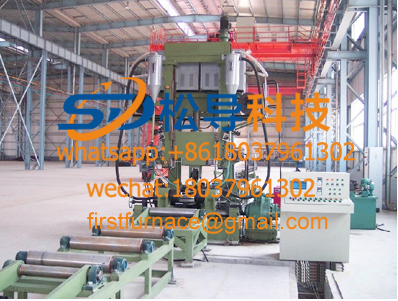 Steel production line detailed introduction
Steel production line detailed introduction Universal mill detailed introduction
Universal mill detailed introduction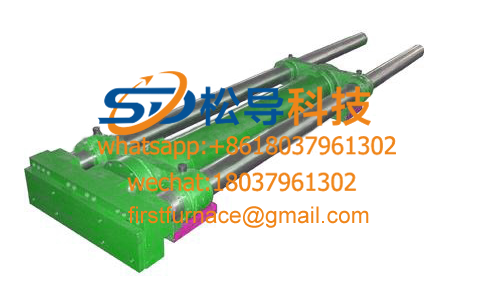 Pusher detailing
Pusher detailing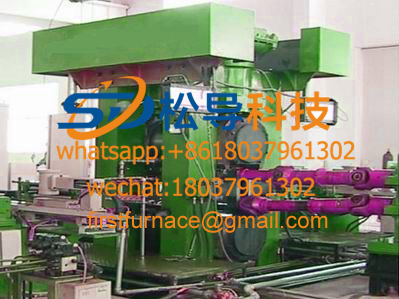 Four-roll mill detailed introduction
Four-roll mill detailed introduction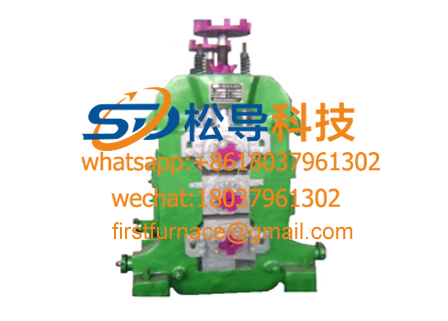 Three-roll mill detailed introduction
Three-roll mill detailed introduction Hot rolling mill detailed introduction
Hot rolling mill detailed introduction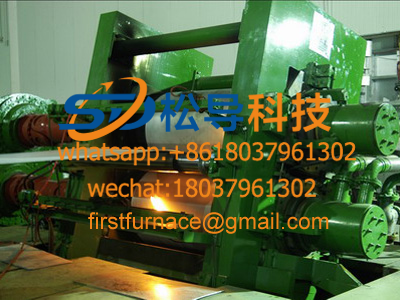 Aluminum casting mill details
Aluminum casting mill details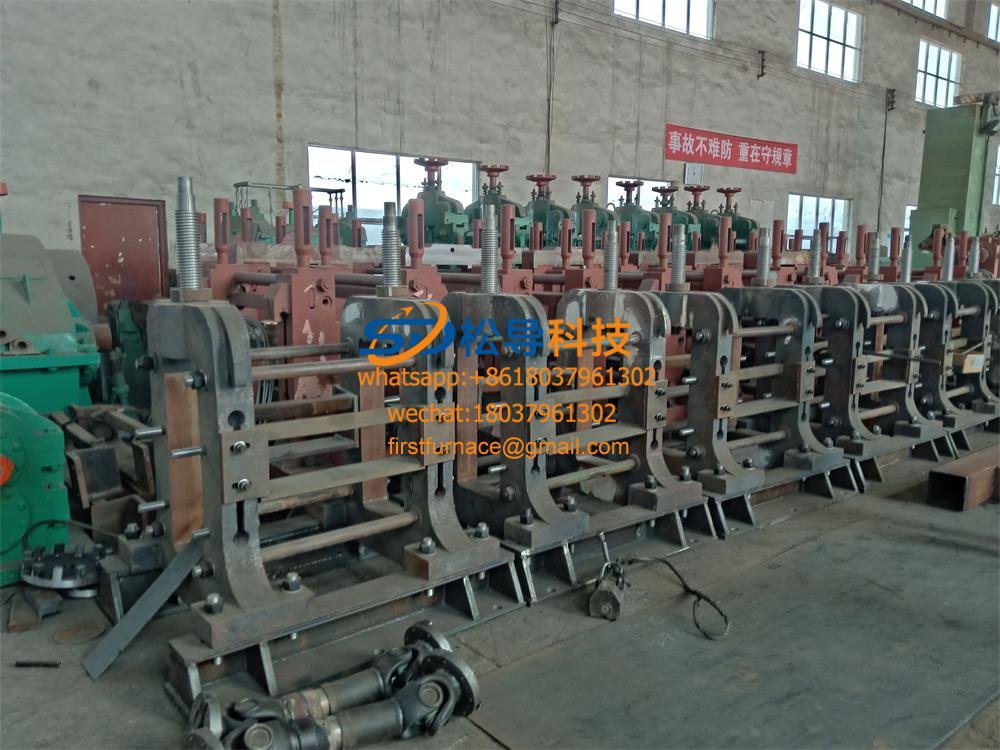 Aluminum magnesium silicon alloy rod continuous casting and r
Aluminum magnesium silicon alloy rod continuous casting and r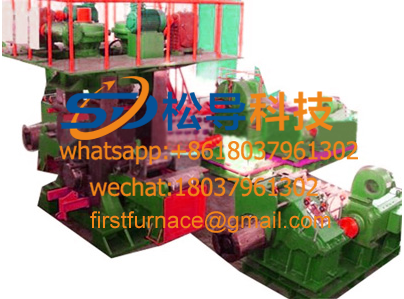 Six-roll cold rolling mill
Six-roll cold rolling mill Continuous rolling mill
Continuous rolling mill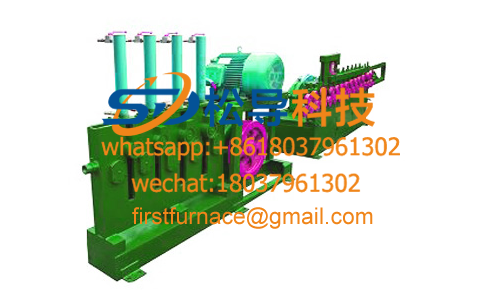 Cold rolled rebar equipment details
Cold rolled rebar equipment details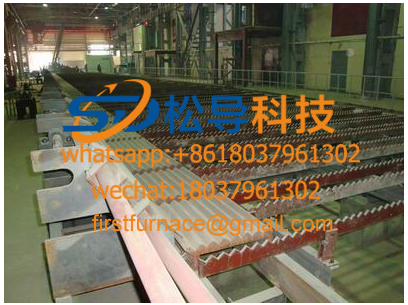 Detailed introduction of cold rolling steel
Detailed introduction of cold rolling steel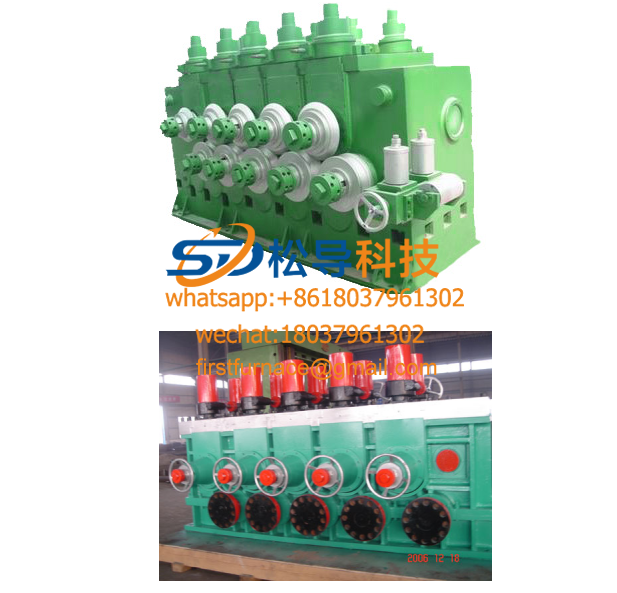 Straightening machine details
Straightening machine details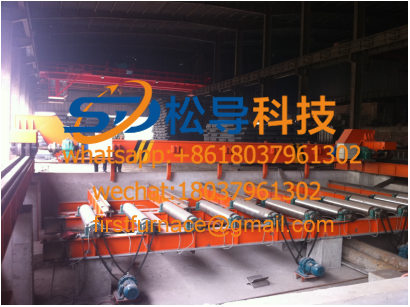 Roller table, lifting table details
Roller table, lifting table details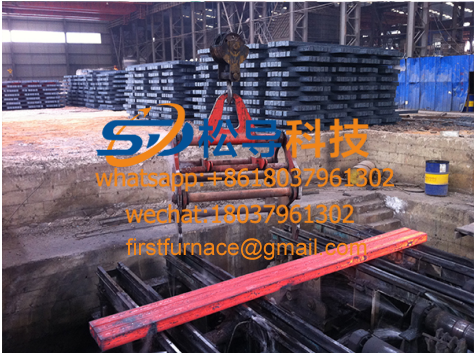 Billet fixture
Billet fixture Two-roll cold rolling mill
Two-roll cold rolling mill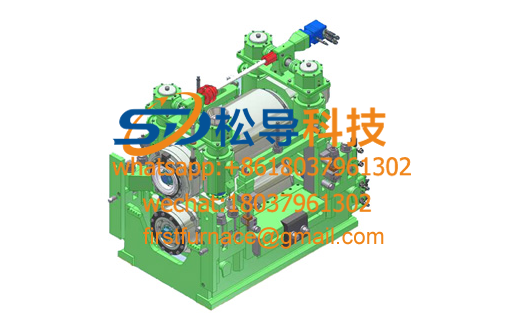 Short stress rolling mill detailed introduction
Short stress rolling mill detailed introduction Fixed-length cutting machine detailed introduction
Fixed-length cutting machine detailed introduction strip production line
strip production line1 , the working principle of the continuous rolling mill
In the metallurgical industry, the rolling process is a major process for metal pressure processing, and the continuous rolling mill is an advanced method that can increase labor productivity and rolling. Its main feature is that the metal is placed in several racks at the same time, and it is verified that the same direction of rolling is formed into a certain section.
The electric drive of the continuous rolling mill should bear the impact load of the bite and the rolling under the premise of ensuring the constant flow of the material, and realize the control and coordinated control of each part of the frame. The upper and lower rolls of each frame share one motor for centralized dragging, and different frames use different motors to realize partial transmission. The speed between the rolls of each frame is coordinated by the speed chain according to the principle of constant material flow.
The requirement of constant material flow rate should be met during steady state and transition. Therefore, it is necessary to impose corresponding restrictions on the transition process time and overshoot.

Contact us will have a very low price, please consult the specific price. firstfurnace@gmail.com
2 , continuous rolling mill selection method
The double closed-loop speed control system can fully utilize the allowable overload capability of the motor under the condition of large motor limitation, so that the electric drive system can be started with a large acceleration as much as possible. After reaching the steady-state speed, the current can be quickly reduced. Down, the torque is immediately balanced with the load, and then into steady state operation, the starting current is approximately square wave. The speed is approximately linear. This is a fast start-up process that can be obtained by the speed control system under conditions where the high current is limited. The speed and current double closed-loop speed control system is adopted, and two regulators are set in the system to adjust the speed and current respectively, and a cascade connection is implemented between the two. In this way, only the current negative feedback can be realized during the starting process, and it is added to the input end of a regulator when it is different from the negative speed feedback. After reaching the steady state speed, only the negative speed feedback is applied. The main effect is not to rely on current negative feedback. This will give you good static and dynamic performance.
3. Equipment structure, process and layout method of continuous rolling mill
It mainly consists of a given link, ASR , ACR , trigger and rectifier section, speed detection link and current detection link. In order to make the speed negative feedback and the current negative feedback work separately, the system sets the current regulator ACR and the speed regulator ASR . The current regulator ACR and the current detection feedback loop constitute a current loop; the speed regulator ASR and the speed detection feedback loop constitute a speed loop, which is called a double closed loop speed control system. Because the speed is changed to surround the current loop, the current loop is called the inner loop, and the speed loop is the outer loop. In the circuit, ASR and ACR are connected in series, that is , the output of ASR is taken as the input of ACR , and then the output of ACR is used to control the trigger of thyristor rectifier. In order to obtain good static and dynamic performance, both the speed and current regulators generally use a PI regulator with input and output limiting , and both the speed and current use a negative feedback closed loop.
4 , the speed control system of the rolling mill
Used to control the speed of the continuous rolling mill. All racks operate synchronously at the speed specified by the rolling specification, coordinating speed up or down speed to avoid stacking and breaking. In order to ensure the same flow rate of the steel strips rolled out before and after the frame, the adjustment accuracy of the speed regulation system is required to be high. It usually consists of an analog and digital dual adjustment system. The analog system guarantees the rapid response response, while the digital system guarantees the accuracy of the adjustment. The general adjustment accuracy is about one thousandth. The set value changes according to the specified curve to prevent damage and breakage of the rolling mill caused by sudden changes in speed.
Copyright© 2007-2013 NO.6 Electric Mall All Rights Reserved
